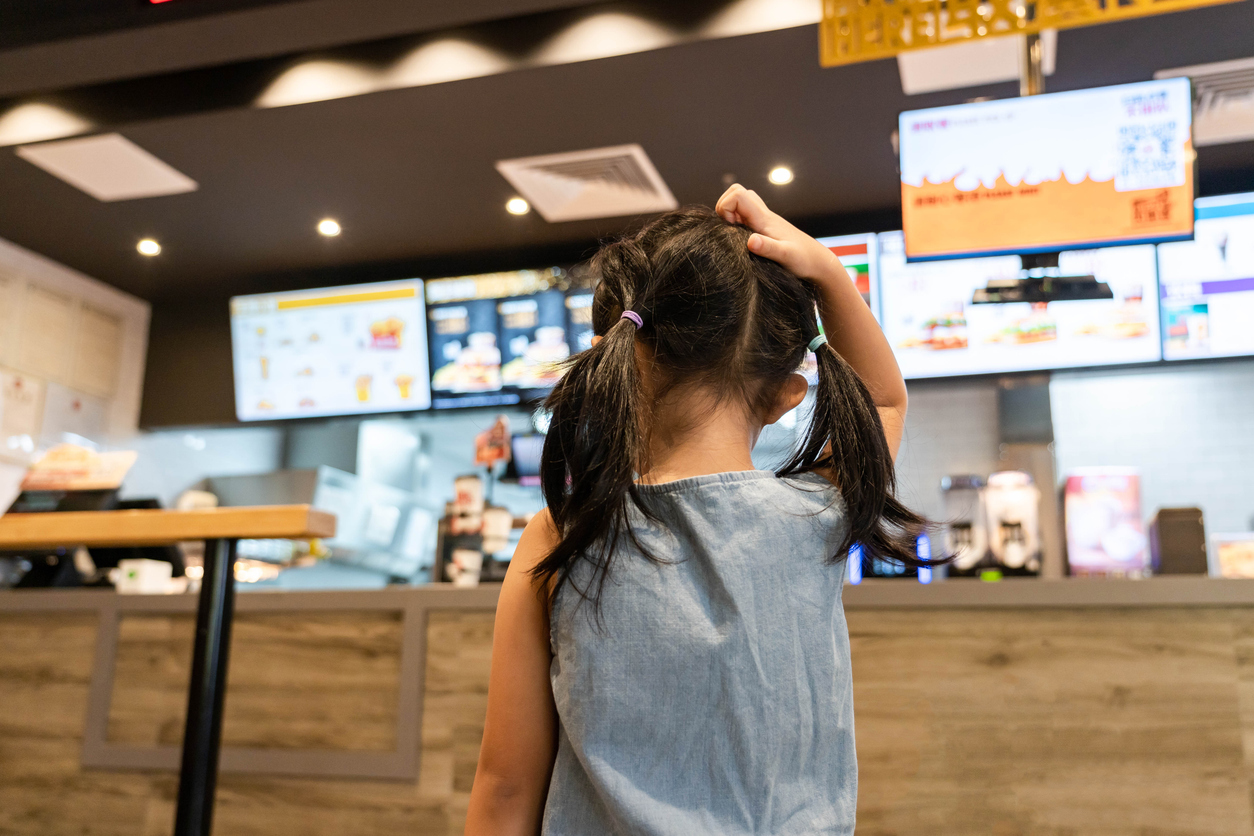Supplies are the lifeblood of a restaurant. When done right, managing supplies cuts waste and overbuying, reducing costs. It keeps food fresh and at its best, ensuring that every meal pleases the customers. It also makes kitchen tasks run more smoothly, making it efficient overall. There is a need for a clear and organized way to handle stock to have profit and happy customers, and this is precisely where Restaurant Inventory management comes in.
What Is a Restaurant Inventory Management System?
An inventory management system in a restaurant involves tracking ingredients and other supplies to determine what is stocked and running out. It also involves checking which items were delivered, used, and needed stockings. This method of staying organized helps restaurants avoid waste, reduce shortages, and use resources economically for smoother flow.
This procedure involves ordering food, planning menus, and preparing dishes. It will ensure that the right things are always available and not too much or run out of anything important. With these activities in mind, there is a highly organized system for saving time and cutting costs for the restaurant's smooth running.
Benefits Of An Efficient Restaurant Inventory Management Process
Simplifying inventory handling can increase a restaurant’s success and profits by cutting waste, managing costs, and keeping operations smooth. Linking inventory control to better organization strengthens workflows, improves decisions, and keeps the business running well.
Cost Control And Budget Management
Managing inventory well helps restaurants keep costs undecontrol costs and adhere tog only what’s needed and avoiding extra stock saves money and boosts profits. Clear records from a sound inventory tracking system make it easier to plan finances and predict future needs, helping restaurants stay competitive.
Minimize Food Waste And Spoilage
A sound food inventory management system reduces food waste by implementing the FIFO (First In, First Out) method. Older stock is used before it spoils, keeping the food fresh. Items are kept in proper storage and checked regularly for inventory, saving money and smoothing the kitchen. This system is also suitable for the environment, reducing the amount of discarded food and supporting sustainability.
Improve Order Accuracy And Customer Satisfaction
Effective inventory tracking systems ensure your menu items are always in stock, which means happy customers and fewer letdowns. Running out of meals often damages your reputation and makes people unlikely to return. Smooth inventory management operations prevent shortages while keeping the ingredients fresh and high-quality, which means better dishes and service. A clear inventory sheet helps your team work efficiently, minimize waste, and keep your restaurant running at its best.
Streamline Purchasing And Vendor Relations
Efficient inventory management helps you see what supplies are needed and when to prevent extra stock or shortages. Accurate records improve vendor relationships by ensuring orders are placed on time, building trust and dependability. Strong vendor relationships lower costs and create confidence in consistently getting the right products.
Steps In The Restaurant Inventory Management Process
Good stock management is key to running a successful restaurant. By tracking what’s available, restaurants can save money, reduce waste, and improve efficiency. Using tools like a restaurant inventory app or inventory tracking system, restaurants can ensure they have the right supplies.
Create An Inventory List
Creating a clear inventory list is key to tracking everything your business needs, from ingredients to cleaning supplies. A well-organized list helps you manage stock levels, reduce waste, and run smoothly. Here’s how to do it:
- Sort items: Separate perishables from non-perishables and dry goods from refrigerated items.
- Track amounts: Note how much you have and what needs to be reordered.
- Use clear names: Keep names simple and consistent to avoid confusion.
- Use an inventory tracking system: Tools like digital inventory management software can help keep everything in order.
- Update regularly: Keep the list current to avoid running low or overstocking.
You can easily monitor your stock and avoid mistakes using a good restaurant inventory app or inventory management tool.
Choose An Inventory System
When it comes to data tracking supplies, you have a few options, from basic inventory sheets to advanced automated restaurant inventory management software. Each choice has its benefits based on what you need. Manual systems, like spreadsheets, are low-cost but can take time and have mistakes.
Inventory tracking systems and digital inventory management software offer real-time updates, more accurate data, and easier tracking. They help control stock, reduce waste, and save time. When choosing the right system, consider your business's size and budget. Pick one that fits your needs, whether it's a simple restaurant inventory app or an entire restaurant inventory management system.
Record Inventory Usage
Watching the daily inventory also helps prevent waste while ensuring the correct order amounts. By monitoring trends, you can notice and change your orders. Here's how.
- Usage Tracking: Record every item using an inventory tracking system, logs, or a restaurant inventory app.
- Spot trends: Read the data regularly to notice if any items appear to be used too much or too little.
- Order correctly: With accurate tracking, you’ll know exactly what to order and avoid having too much or too little.
This helps your operations run smoothly and saves money.
Regular Stock Audits And Reordering
To manage stock well, start by setting a regular audit schedule. Use methods like first-in, first-out (FIFO) to ensure older items are used first. Regular audits help catch mistakes early and avoid problems like too much stock or running out. Key steps include:
- Set a fixed schedule for audits to stay on track.
- Use an Inventory Sheet to keep a record of what’s available.
- Set reorder points to know when to restock before you run low.
- Choose reliable suppliers for smooth stock flow.
- Use an inventory tracking system for better accuracy.
These steps keep your stock balanced and help your operation run smoothly.
Analyze Inventory Data
Analyzing inventory data helps improve efficiency and profits. You can make better choices by spotting patterns like seasonal demand and wasted items. Here’s how:
- Use a restaurant inventory app to track trends and gather helpful data.
- Find types of inventory in restaurants that get wasted or overstocked to cut losses.
- Use data for forecasting and predicting your needs based on past trends.
- Adjust order quantities with these insights to avoid too much or too little stock.
- Use an inventory management tool to simplify the process and reduce mistakes.
This analysis is key to controlling costs and boosting profits by optimizing orders.
Tools & Technology For Streamlining The Inventory Management Process

Traditional inventory tracking methods often result in mistakes, waste, and inefficiency, making it difficult for restaurants to monitor their stock. Without proper tracking, it's easy to miscount items, overstock, or run out of key ingredients, resulting in lost revenue and higher costs.
Inventory Management Software
Inventory tracking systems in restaurants ensure that everything remains organized. These tools assist restaurant owners in managing their stock, minimizing waste, and maintaining an adequate supply of everything they require. The process becomes quicker and more manageable, and they include many features like real-time updates, automatic stock changes, and forecasting tools.
POS Systems Integration
POS systems are critical to running restaurant operations and monitoring stock. You get real-time updates on inventory levels and sales trends when inventory is linked to POS systems. This connection brings benefits such as automated restaurant inventory management software, which handles reordering and reduces mistakes. Using an efficient inventory tracking system, restaurant owners can make smarter, data-driven choices to manage stock and improve efficiency.
Mobile Apps
Managing stock is easy with a restaurant inventory app. These apps let you update your stock while on the go, making changes quickly and easily. Features like barcode scanning, instant mobile notifications, and real-time inventory changes keep everything accurate. You can easily track the types of inventory in restaurants, so you never run out of key items. Popular apps include automated restaurant inventory management software, which helps with everything from updating your inventory for restaurant example to creating a digital inventory list.
Best Practices For Restaurant Inventory Management
Staff must learn about inventory tracking systems, waste management plans, and handling stock properly. Regular training offers many advantages, including:
- Fewer mistakes by improving skills and knowledge.
- Better productivity with smoother processes.
- Clear roles and responsibilities that reduce confusion and boost accountability.
Accurate forecasts help manage changes in supply and demand. These forecasts work best when based on the following:
- Previous sales data.
- Seasonal patterns.
- Current market trends.
Good communication with suppliers is essential to keep a steady flow of goods. Best practices include:
- Giving advance notice for big orders.
- Talking about delivery schedules and addressing possible delays early.
By following these steps, businesses can build a more efficient way to manage their inventory.
Achieve Smooth Inventory Management Every Day With Checkmate
At Checkmate, we know that controlling costs, cutting waste, and keeping customers happy are crucial to your restaurant’s success. Our easy-to-use software helps you manage stock effortlessly, track ingredients, avoid over-ordering, and improve efficiency. With real-time updates and simple features, you can make smarter choices, boost profits, and provide a great dining experience. Get a demo to take your restaurant to the next level.





